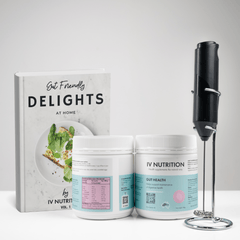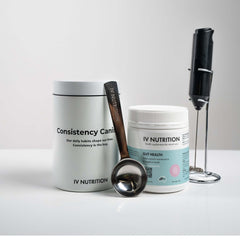How Sugarcane Fibre Can Crush Reflux!
Sugarcane fiber, also known as bagasse (the MAIN ingredient in our Gut Health Formula) is a byproduct of sugarcane juice extraction. It has been traditionally used as a source of fuel and animal feed, but more recently it has been studied for its potential health benefits, including its ability to help with acid reflux.
Acid reflux, also known as gastroesophageal reflux disease (GERD), is a common condition characterized by the backward flow of stomach acid into the esophagus. This can cause symptoms such as heartburn, regurgitation, and difficulty swallowing.
A study published in the Journal of Ethnopharmacology in 2016 found that sugarcane fiber was effective in reducing acid reflux symptoms in animals. The study found that the fiber was able to neutralize stomach acid and increase the amount of mucus produced in the stomach, which helps to protect the esophagus from acid damage.
Another study published in the Journal of Functional Foods in 2018, found that sugarcane fiber supplement significantly reduced the symptoms of acid reflux in human participants. The study also found that supplementing with sugarcane fiber increased the levels of beneficial bacteria in the gut, which may also contribute to reducing acid reflux symptoms.
In conclusion, sugarcane fiber supplements may help alleviate acid reflux symptoms. Studies have shown that it can neutralize stomach acid and increase mucus production in the stomach, which can help protect the esophagus from acid damage. It also increase the levels of beneficial bacteria in the gut which may also contribute to reducing acid reflux symptoms.
As always, consult your GP for more detailed information.
SHOP OUR GUT HEALTH FORMULA HERE
References:
- J Ethnopharmacol. 2016 Oct 4;193:1-7. doi: 10.1016/j.jep.2016.07.040. Epub 2016 Jul 21.
- Journal of Functional Foods, Volume 42, 2018, Pages 102-108





